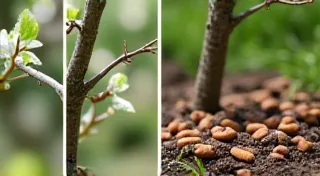Dealing with Pests & Diseases in Container-Grown Dwarf Fruit Trees
Growing dwarf fruit trees in containers is a rewarding experience, offering fresh, homegrown fruit even with limited space. However, like any plant, container-grown fruit trees are susceptible to pests and diseases. Early detection and proactive measures are crucial for keeping your trees healthy and productive. This article provides a guide to identifying common problems, implementing preventative strategies, and utilizing organic treatment options.
Common Pests of Container-Grown Dwarf Fruit Trees
Several pests are particularly drawn to dwarf fruit trees in containers. Before you even select your tree, consider the environment it will live in and which varieties are naturally more resistant. This ties directly into choosing dwarf fruit trees that are well-suited to container life. Here's a look at some of the most frequent offenders:
- Aphids: These tiny, sap-sucking insects cluster on new growth. They cause distorted leaves and sticky honeydew, which can attract ants and lead to sooty mold.
- Spider Mites: Difficult to see with the naked eye, spider mites create fine webbing and cause stippled, yellowing leaves. They thrive in dry, warm conditions.
- Scale Insects: These insects look like small, immobile bumps on stems and leaves. They also suck sap, weakening the tree.
- Fruit Flies: These pesky insects lay eggs on ripening fruit, and the larvae can tunnel inside, making the fruit inedible.
- Codling Moth: This moth’s larvae burrow into apples and pears, creating unsightly holes.
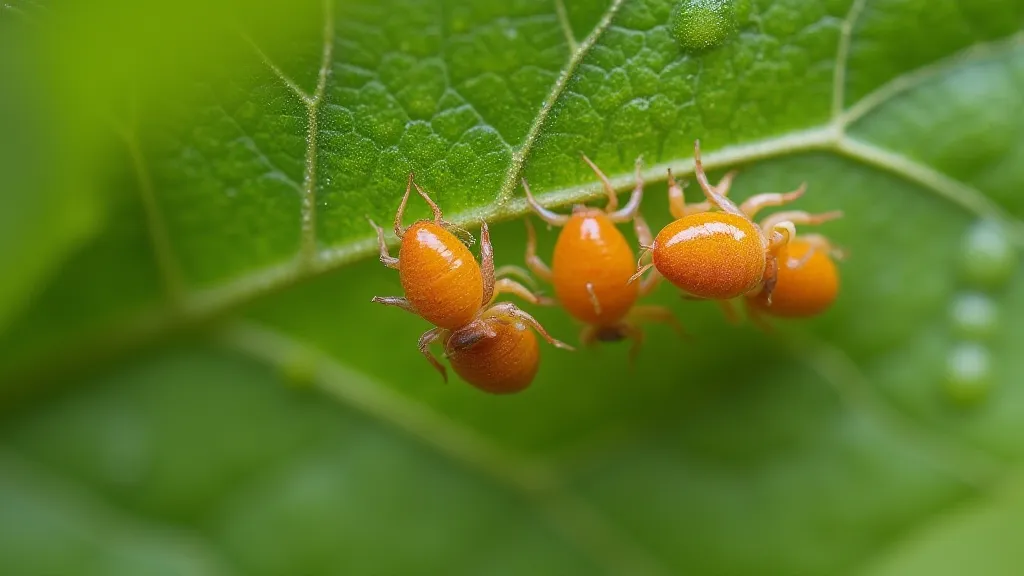
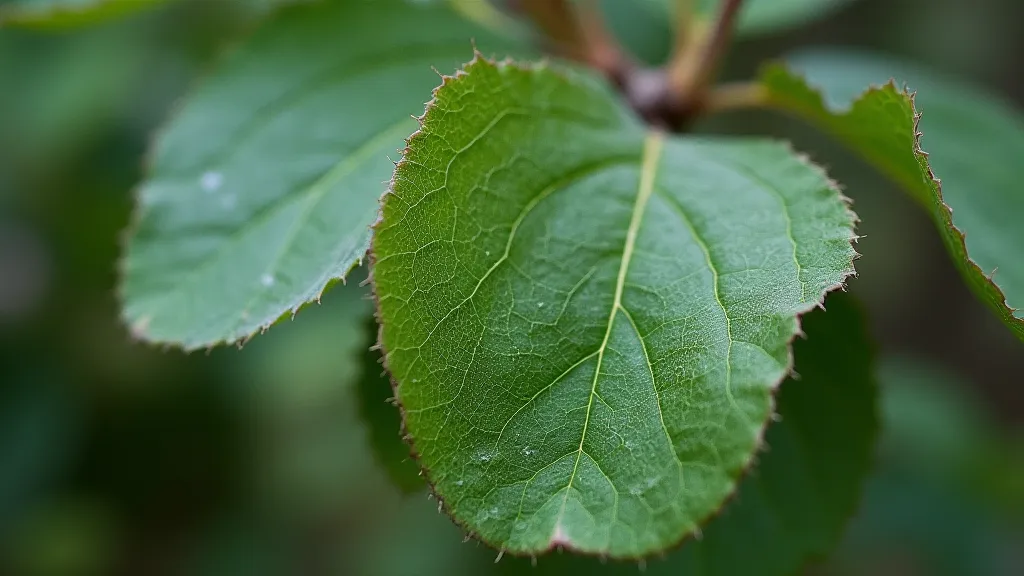
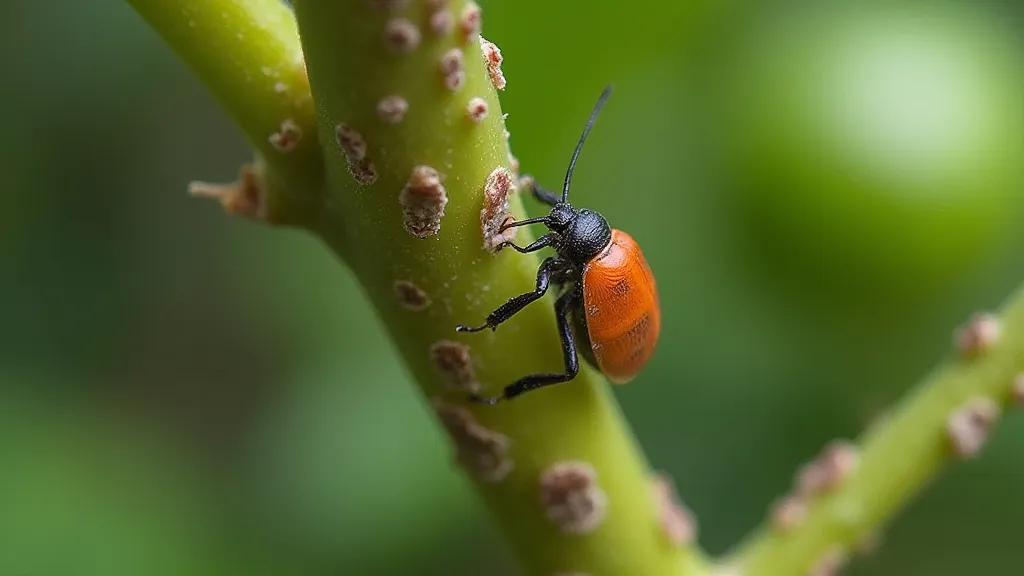
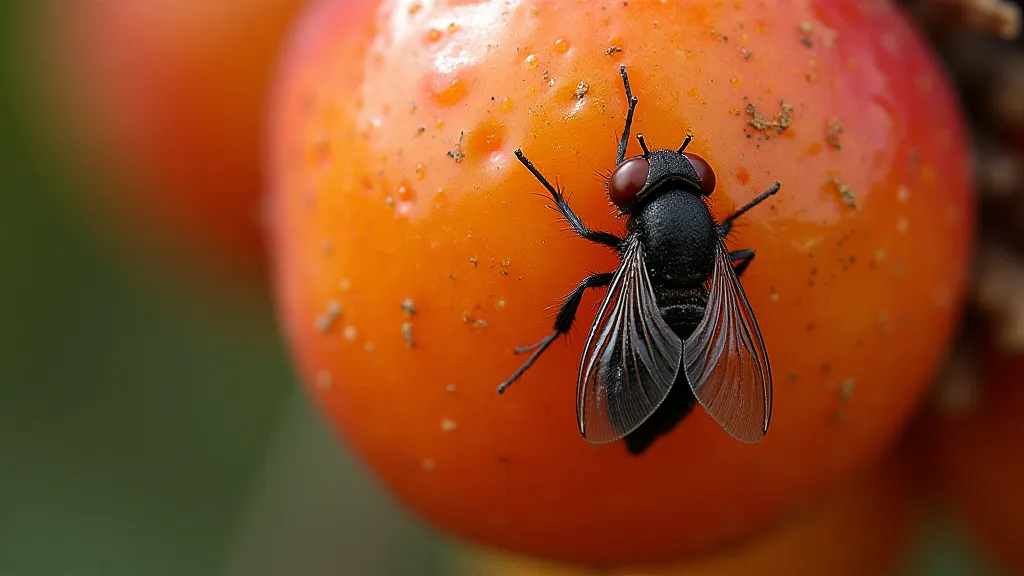
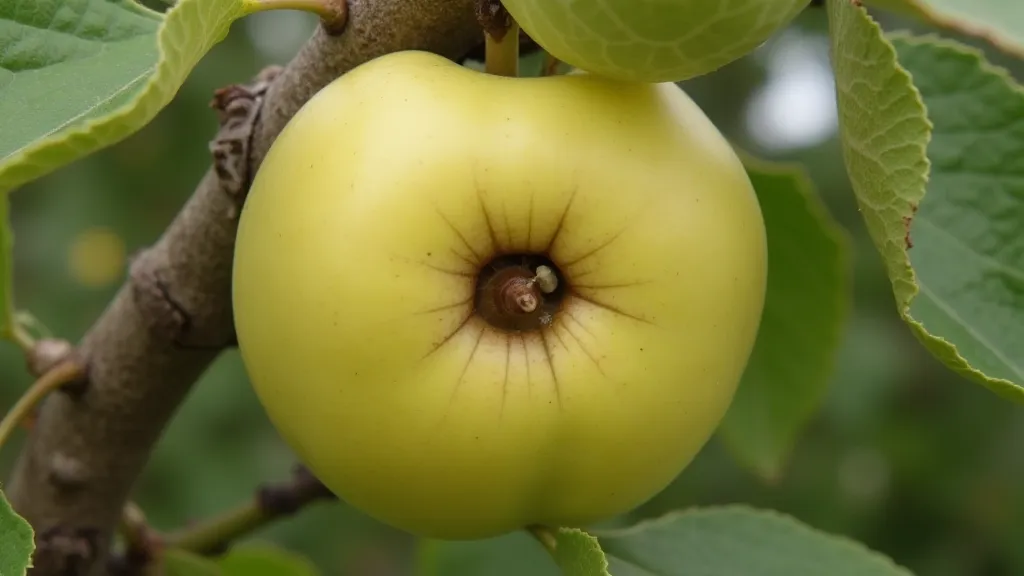
Common Diseases of Container-Grown Dwarf Fruit Trees
Container-grown fruit trees are also vulnerable to diseases. Maintaining the health of your tree isn’t just about pest control; it's about fostering overall vigor. This includes careful attention to your pruning schedule to promote good air circulation and sunlight penetration which greatly reduces disease susceptibility. Here are some to watch out for:
- Powdery Mildew: This fungal disease appears as a white, powdery coating on leaves and stems. It’s more prevalent in humid conditions.
- Rust: Rust diseases cause orange or reddish-brown spots on leaves. They often require a two-host system, meaning the fungus spends part of its life cycle on another plant.
- Brown Rot: This fungal disease causes brown, rotting spots on flowers, fruits, and leaves. It’s particularly problematic in wet weather.
- Verticillium Wilt: This soilborne disease can cause wilting, yellowing leaves, and dieback. It’s more common in trees grown in poor drainage.

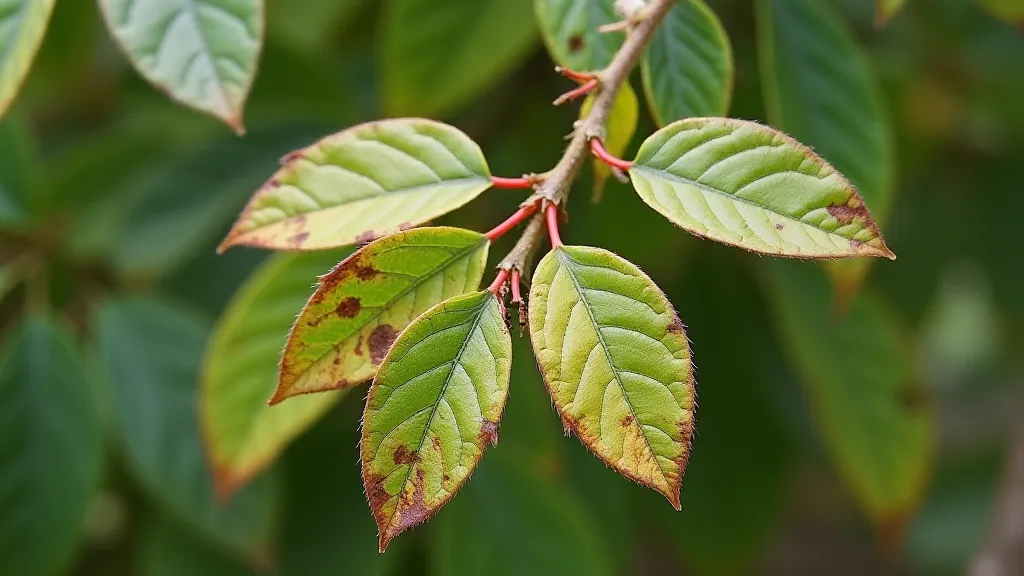
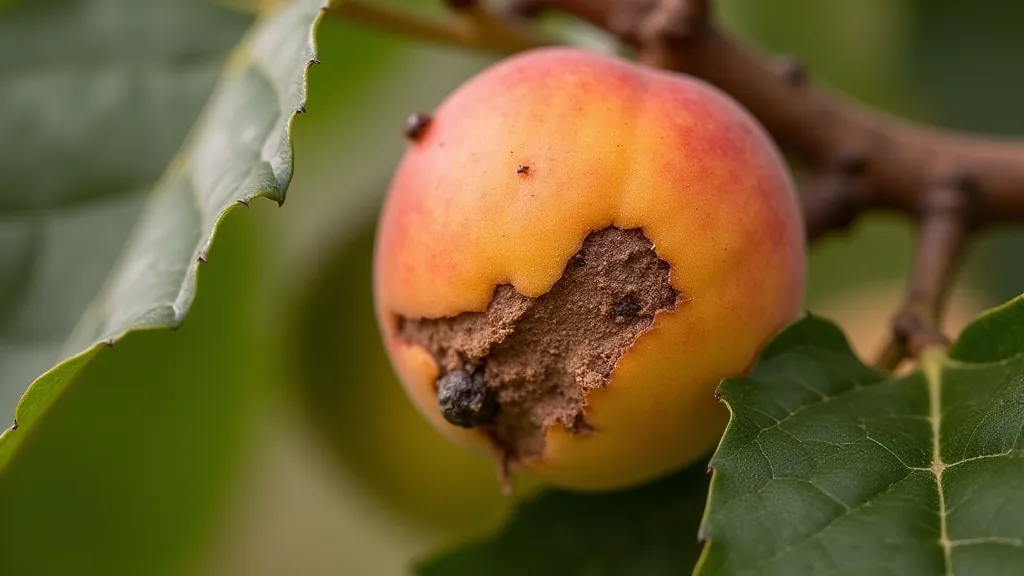
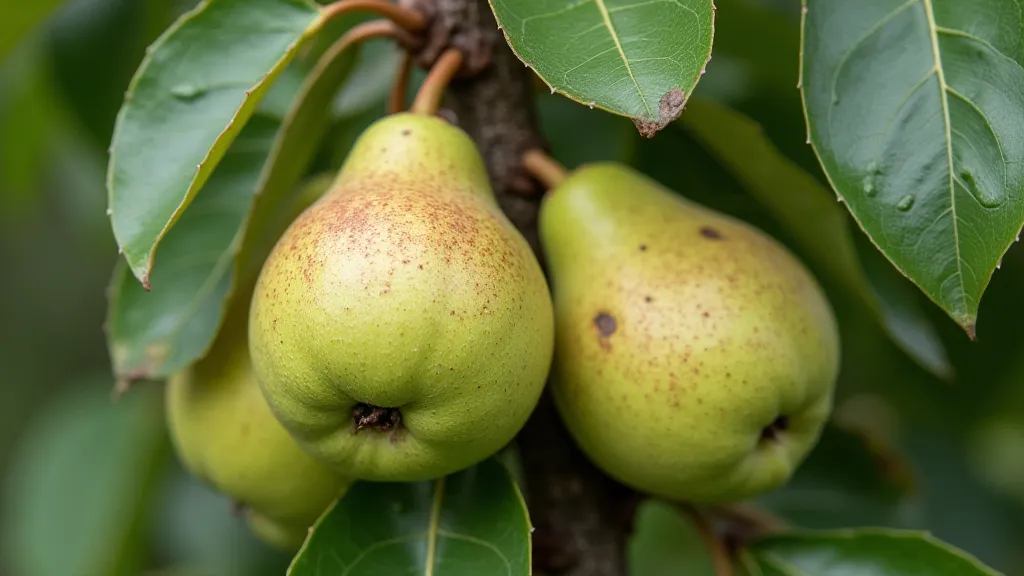
Prevention is Key
Proactive measures can significantly reduce the risk of pests and diseases. It's about creating an environment where your tree thrives, making it inherently more resistant to problems. Consider the artistry involved in miniature gardening; a commitment to patience and mindful care, something beautifully captured in The Orchard's Echo: Cultivating Patience in Miniature Landscapes. Here’s a detailed look at preventative strategies:
- Choose Disease-Resistant Varieties: When selecting dwarf fruit trees, prioritize varieties known for their resistance to common diseases in your area. This selection process is best informed by understanding the specific challenges your climate presents.
- Ensure Proper Drainage: Container-grown trees are susceptible to root rot if the soil remains consistently wet. Use a well-draining potting mix and ensure the container has drainage holes. The right soil mix is essential, and if your container needs an upgrade, remember that repotting your dwarf fruit trees can provide a fresh start.
- Provide Adequate Sunlight & Air Circulation: Healthy trees are less susceptible to problems. Provide at least 6-8 hours of sunlight daily and ensure good air circulation around the tree. Strategic pruning plays a large part in achieving this.
- Regular Inspection: Regularly inspect your trees for signs of pests or diseases. Catching problems early makes treatment easier. Don't rush the process - mindful observation is key.
- Water Properly: Water deeply but infrequently, allowing the soil to dry slightly between waterings. Overwatering is a common mistake, and contributes to various issues.
- Fertilize Appropriately: Proper fertilization strengthens the tree and helps it resist disease. Follow recommended fertilization schedules for dwarf fruit trees. Remember to consider the container environment's impact on nutrient availability.
- Maintain Container Health: Regular cleaning of the container itself can prevent the buildup of pathogens and pests. A healthy container means a healthier tree.
- Monitor for Environmental Stress: Extreme temperatures, sudden changes in light, and inconsistent watering can all weaken a tree and make it more susceptible to problems.
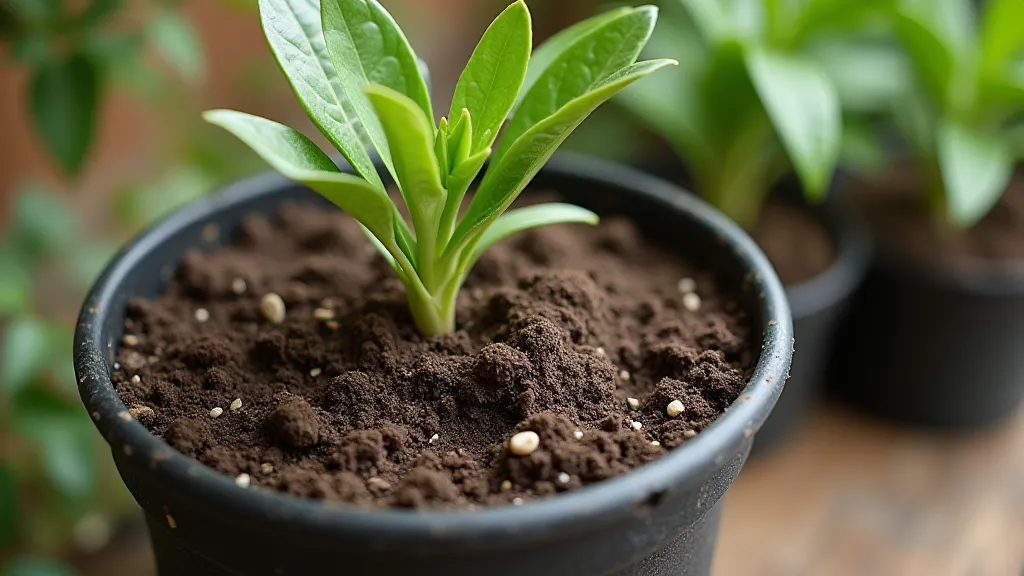
Organic Treatment Options
If you detect pests or diseases, consider these organic treatment options. Early intervention is vital to prevent widespread infestation or disease. Always start with the least invasive treatment and carefully monitor the tree’s response.
- Neem Oil: An all-purpose organic insecticide and fungicide, neem oil is effective against aphids, spider mites, scale insects, and powdery mildew. It's best applied in the evening to avoid burning the leaves.
- Insecticidal Soap: Effective against aphids, spider mites, and young scale insects. Make sure to coat all surfaces of the plant, including the undersides of leaves.
- Bacillus thuringiensis (Bt): A biological insecticide effective against codling moth larvae. It’s crucial to apply Bt when the larvae are still small for maximum effectiveness.
- Copper Fungicide: Used to control fungal diseases like rust and brown rot. Follow product instructions carefully, as copper can build up in the soil.
- Handpicking: For larger pests like caterpillars, handpicking can be effective. This is a particularly satisfying and sustainable approach.
- Beneficial Insects: Introduce beneficial insects like ladybugs and lacewings to prey on common pests. This helps create a self-regulating ecosystem.
- Diatomaceous Earth: This natural powder is made from fossilized algae and can be sprinkled around the base of the tree to control crawling pests.
Always follow product instructions carefully and test any new treatment on a small area of the tree first to ensure it doesn't cause any adverse reactions. Remember that holistic plant care is about more than just reacting to problems; it’s about creating a supportive environment that promotes long-term health and productivity.
By implementing these preventative measures and treatment options, you can keep your container-grown dwarf fruit trees healthy and productive, ensuring a bountiful harvest. Enjoy the fruits (literally!) of your labor, and take pride in the miniature orchard you’re cultivating!

